
There are only so many bottles of wine you can drink, purchase, and keep in your collection. So if you’re a devoted fan like me, there must be other things to spend your money on to enhance this hobby, right? While the number of wine books I own are starting to rival the bottle totals, I’m a bit more discerning with which accessories are truly necessary for enjoying the wine.
My tastes in products more or less mimic how I like my wine: elegant in design, minimal intervention, and not too fussy! (Ok, for the wine, some fussiness can be worth it!) Mostly I look for accessories that make serving and preserving bottles easier, while elevating the experience, and seamlessly fitting into the occasion.
If you’re looking to complement your wine drinking, these are some of my favorite wine accessories.
• Le Creuset Wine Cooler Sleeve

There are many wine chillers you can keep in your freezer, and when you’re ready, wrap around the bottle to keep your wine cool after taking it out of the refrigerator. But what I like about the Le Creuset Wine Cooler Sleeve (besides that it comes in a pretty burgundy color), is that it does so with grace and doesn’t make your bottle look like it’s wearing a pool floatie. It blends in nicely on your formal dining room table, or on the living room coffee table as you binge your favorite streaming shows. Plus, it’s easy to slip on—fitting both standard-size and sparkling bottles. (Get the Le Creuset Wine Cooler Sleeve at Amazon).

I know, I know, it’s blasphemy to have leftover wine, and worse to know you’re not going to finish a bottle before even opening it. But sadly, there are too many times I’m only in the mood for a single glass. That’s where the Coravin comes in. The preservation system will keep your wine drinkable for much longer than a couple of days after the cork is popped. And while their original product—which costs upwards of hundreds of dollars—feels out of reach to an average wine drinker, the introduction of the Coravin Pivot makes preserving wine much more affordable. In the year since I’ve had the Pivot (you can read my original review here), I’ve reached for this method far more times than the original Coravin model, which is designed to preserve your bottles for much longer. (Get the Coravin Pivot at Amazon).
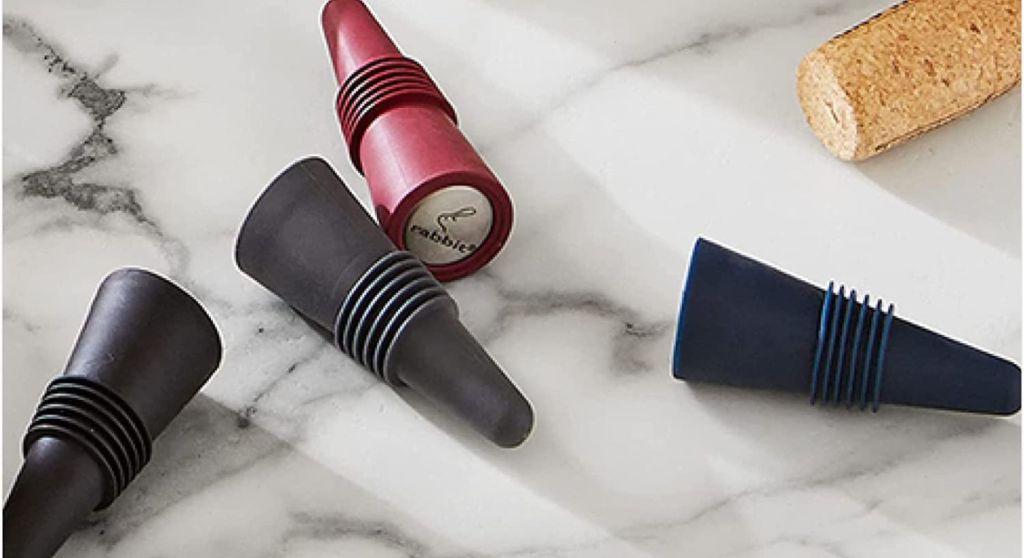
Have some unexpected leftover wine or don’t want to hassle with a more formal preservation system, then these Rabbit Wine Stoppers are my absolute go-to for recorking a bottle of wine. The three ridges fit snuggly in the bottle’s neck to prevent any unneeded oxygen from seeping through. Plus, the stoppers are super lightweight. I often pop a few in my purse if I’m bringing multiple bottles of wine to a dinner party so they’re easy to close back up if there’s any lingering leftovers. (Get a set of 4 Rabbit Wine Stoppers at Amazon).
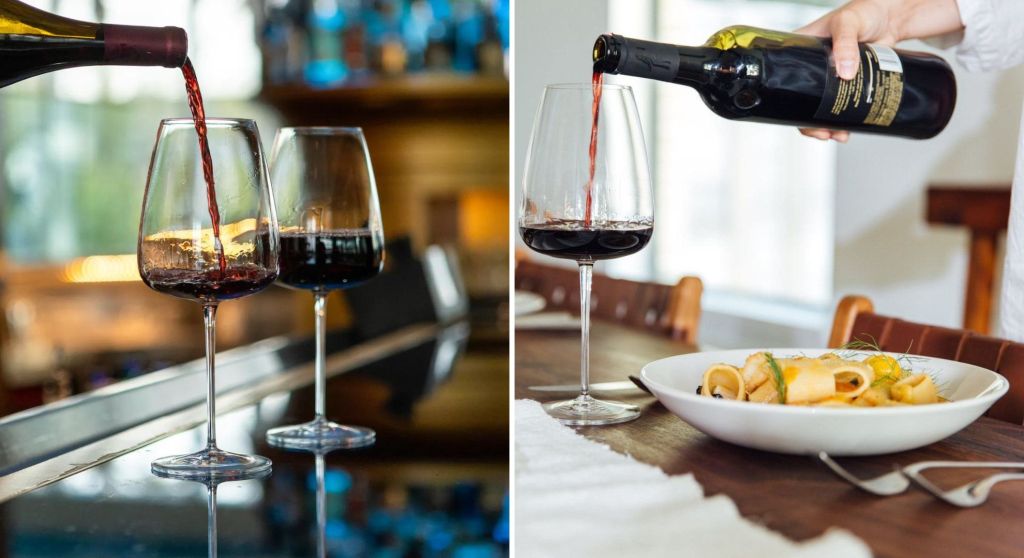
Recommending a good wine glass is tough. My collection ranges from $4 Crate and Barrel glasses to $60 Zalto Universal wine glasses. Depending on your needs, I could recommend both. And there’s nothing wrong with just wanting a beautifully designed glass that brings a smile to your face and does nothing to enhance the wine. But last year, I had the opportunity to try out these Made In Red Wine Glasses and I’ve been super pleased with them ever since. The modern design is both attractive and functional—each glass is sturdy and provides plenty of room for the aroma to reach your nose as you swirl and sniff. Plus, the glasses performed beautifully in my dishwasher without scratching or breaking. While there’s more noticeable weight to these glasses than the high-end Zaltos, the taller design with a nearly flat bottom gives them a contemporary look without compromising on how the wine tastes inside. (Get a set of 4 Made In Red Wine Glasses at Amazon).

As more meetups with friends this year have been held held outside, the more I’ve been using my Hydro Flask Wine Bottle. The company, best known for creating insulated bottles to keep your water cool on hikes and outdoor adventures, created a slimmer version that will hold exactly 750ml of liquid, which is perfect for any wine bottle! It takes the worry out accidentally breaking a glass bottle while on the go, while keeping the liquid inside from warming up. Often when I use it, it’s at least an hour between the time I poured the wine into the Hydro Flask and reopened it for a drink. Not only does the wine stay chilled, but with just the right amount of oxygen inside its neck, it unexpectedly gives the wine a nice decant. (Get the Hydro Flask Wine Bottle at Amazon).
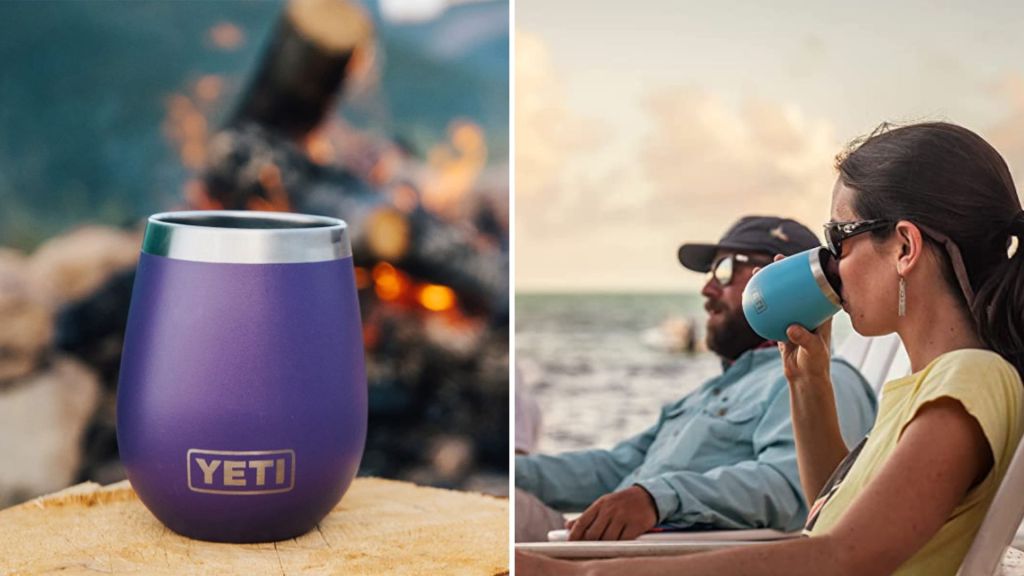
Yes, Hydro Flask makes their own tumblers, which are probably just as great as this next recommendation, but I picked up the Yeti Wine Tumblers earlier this summer and I’m in love. The insulated stemless tumblers keep my rosé cool, and I don’t have to worry about any breakage if it falls from a picnic table. The lip is not too thick, so it doesn’t distract from tasting the actual wine. There’s even a lid which I found useful in protecting my wine from any annoying bugs trying to dive bomb into the glass. (Get the Yeti Wine Tumblers at Amazon).
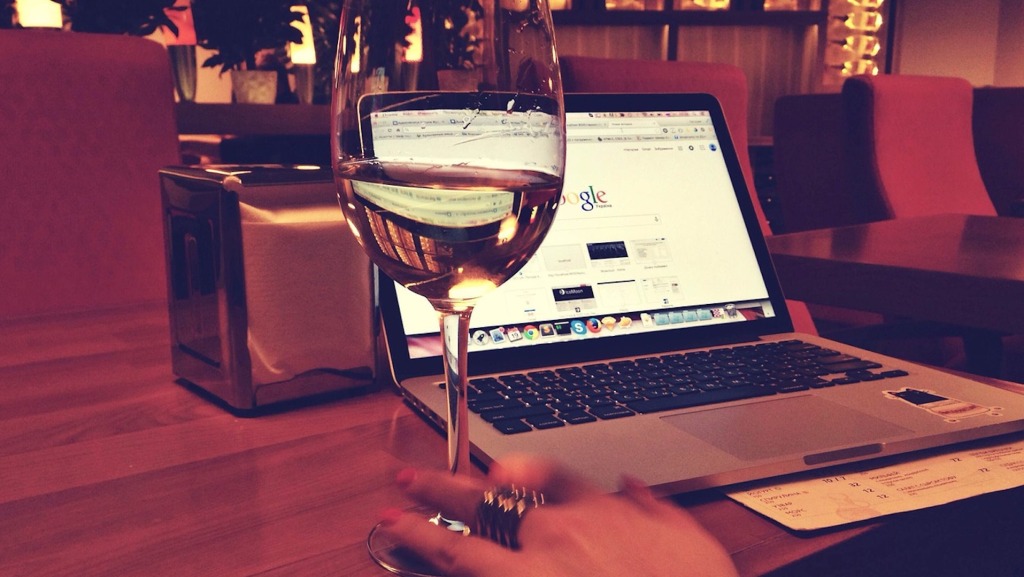

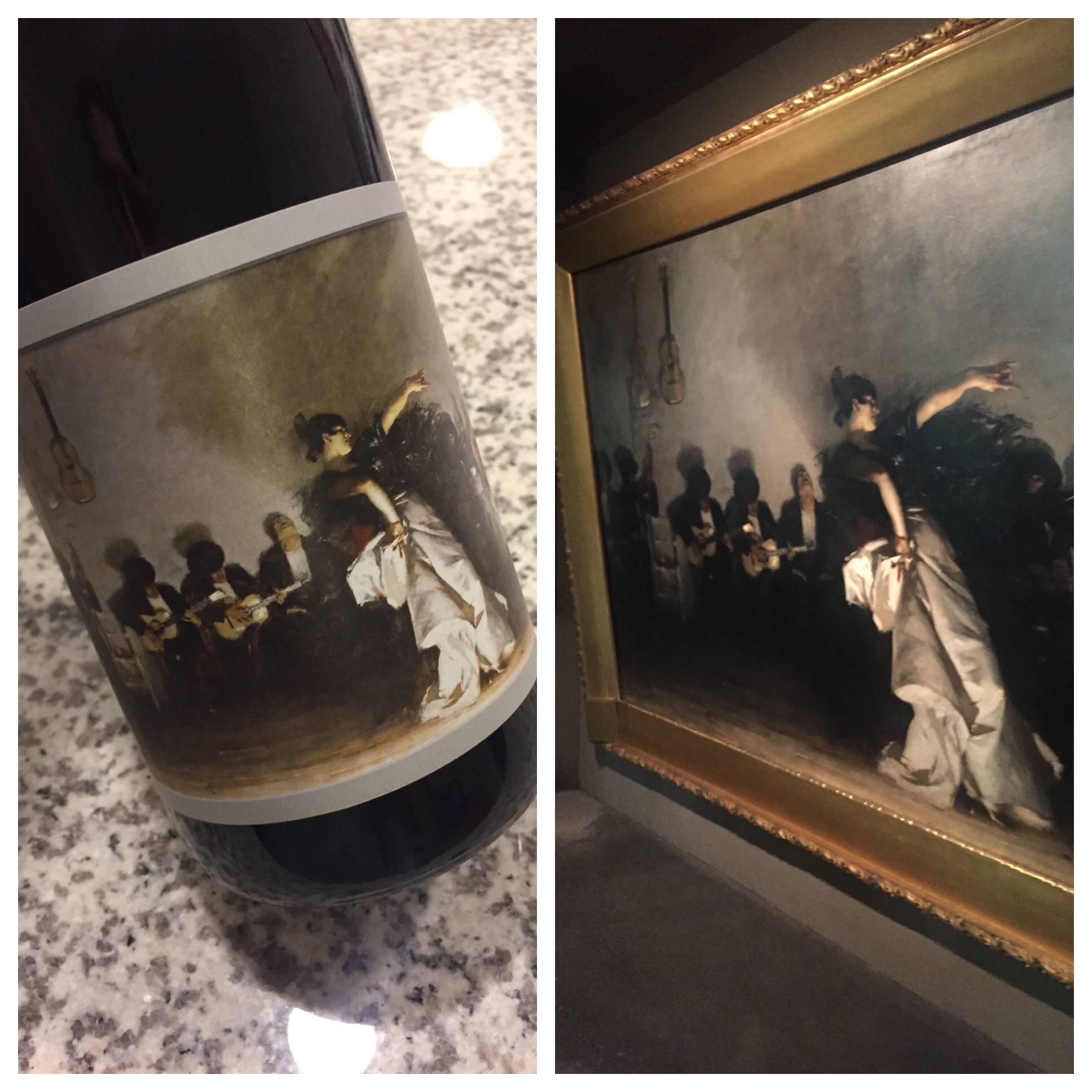
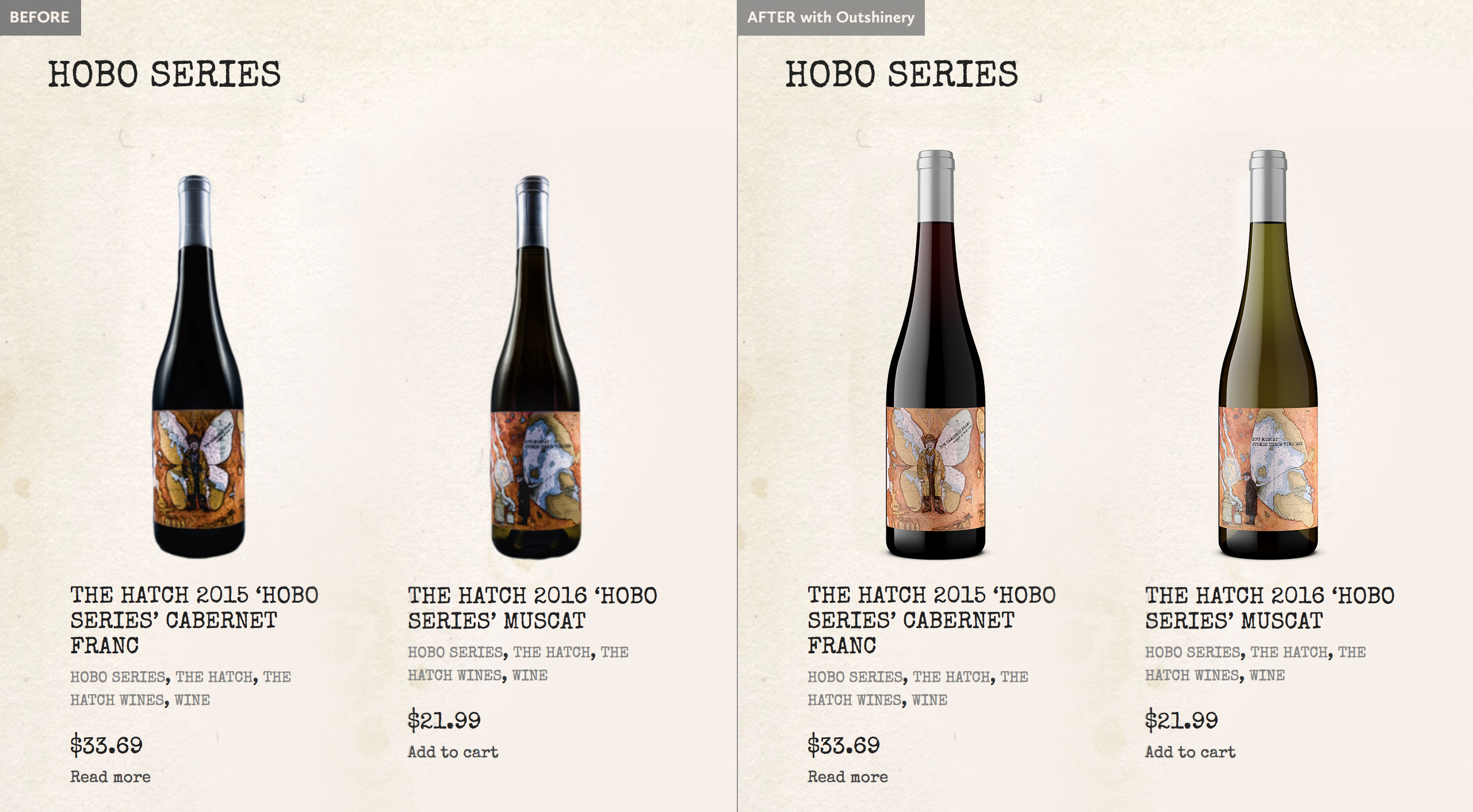
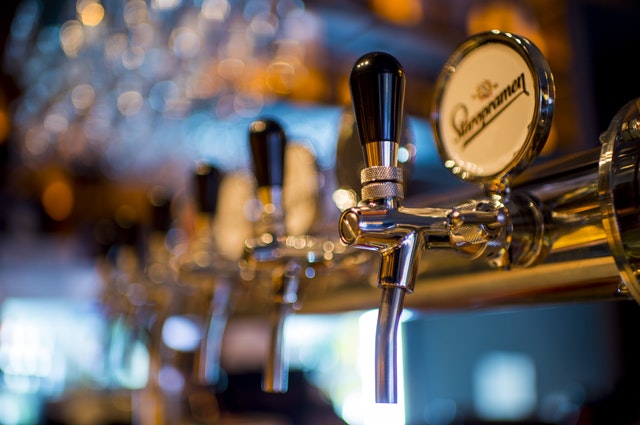
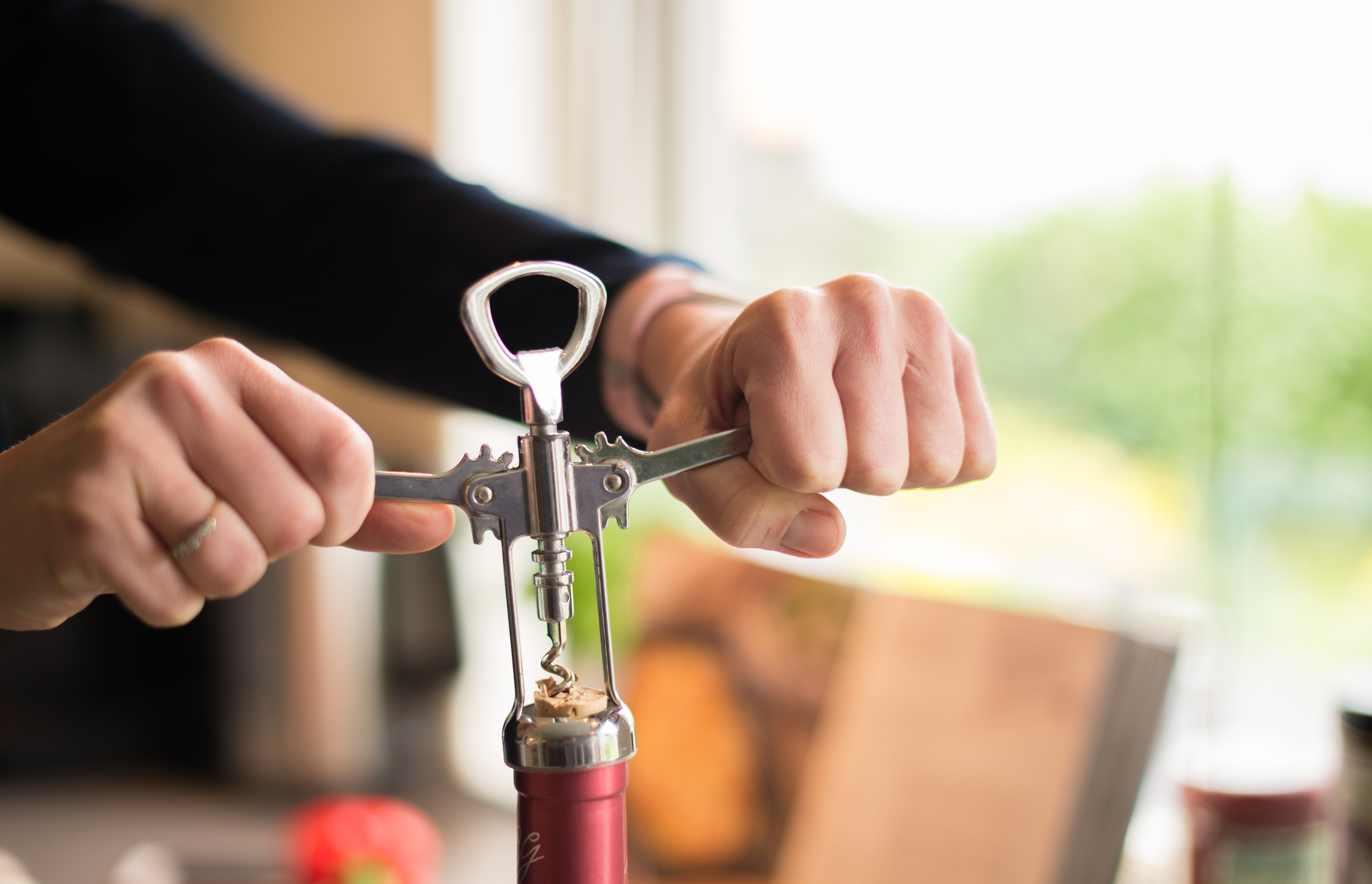
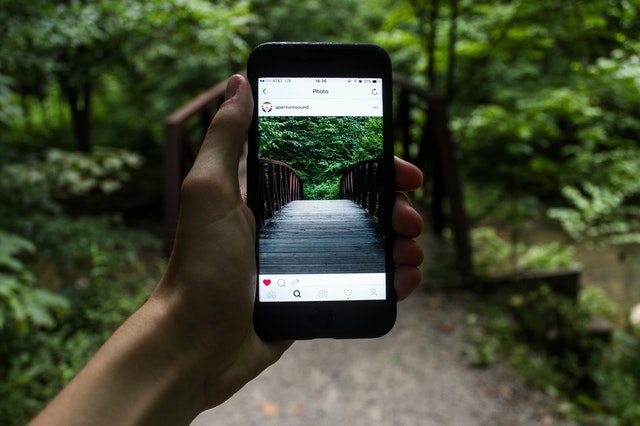
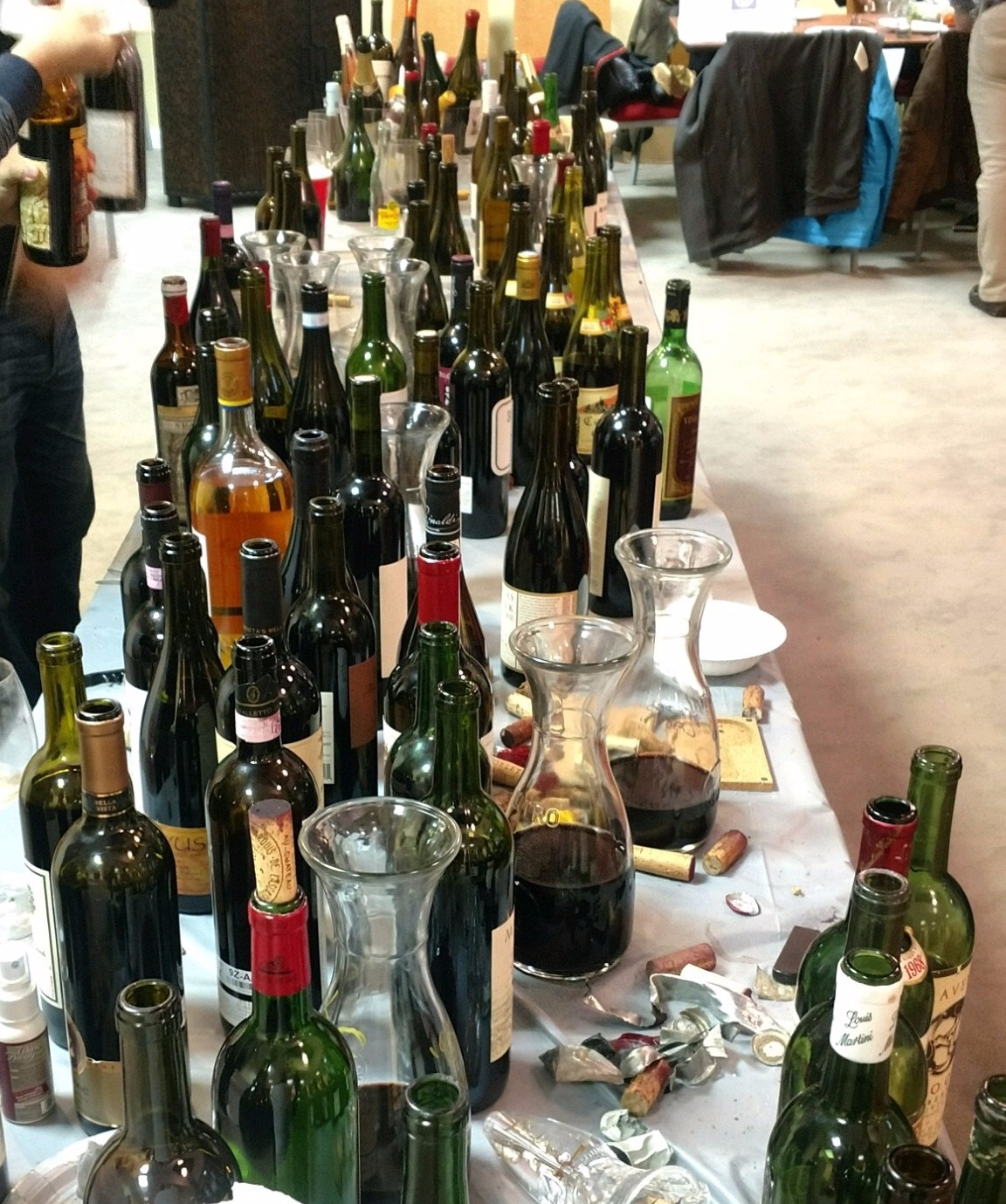
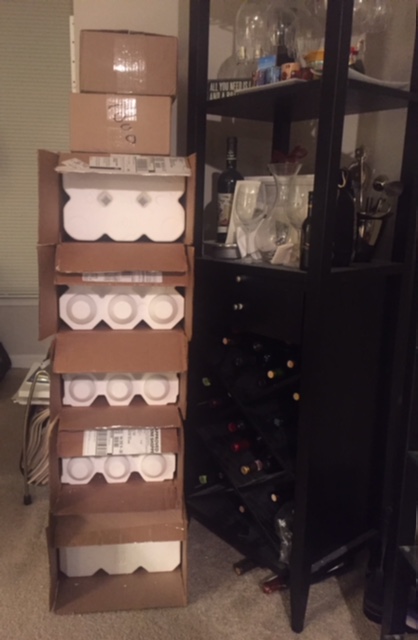

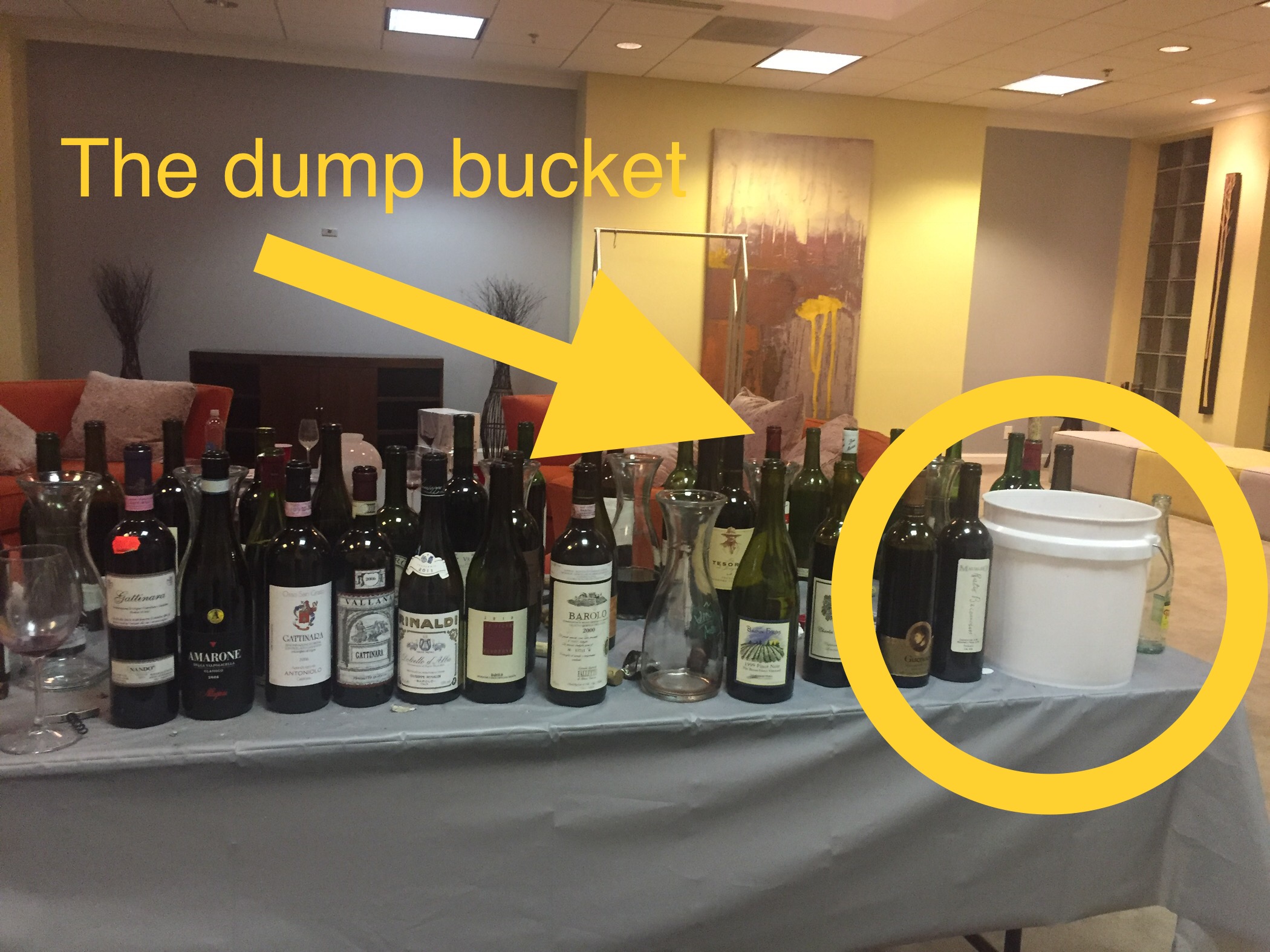
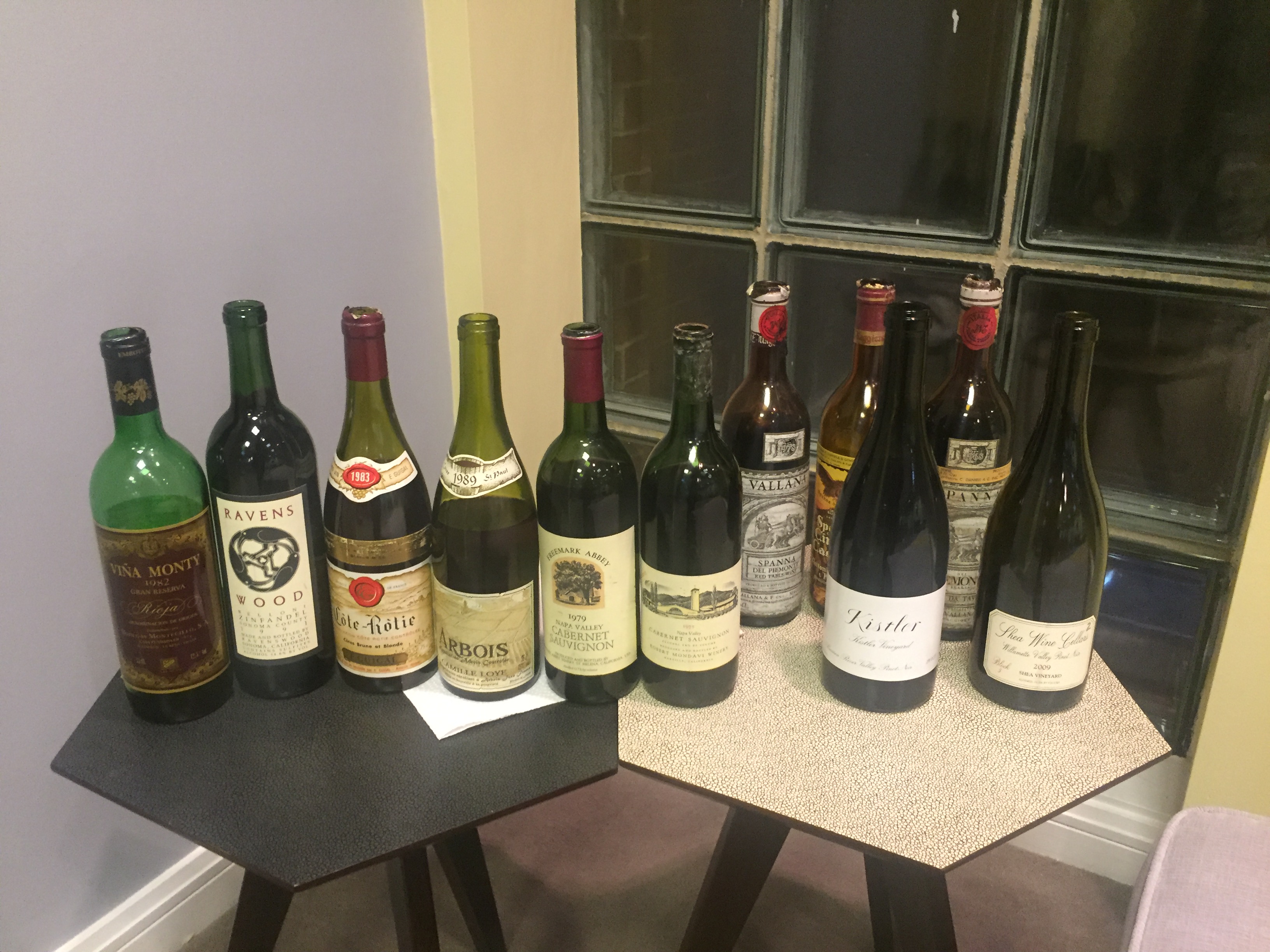
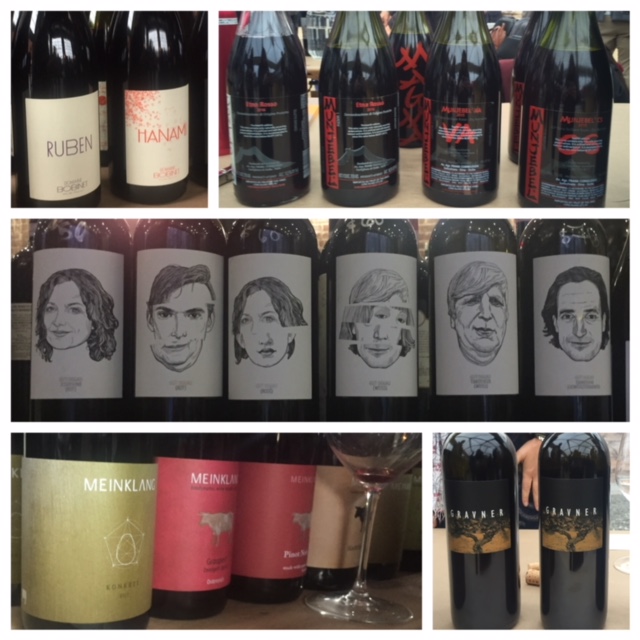
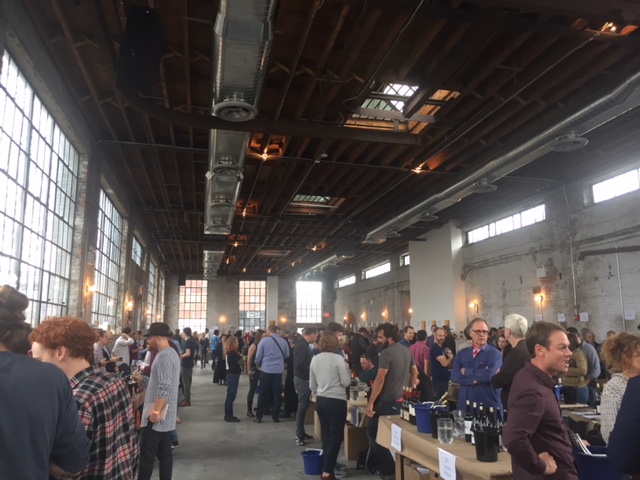
You must be logged in to post a comment.